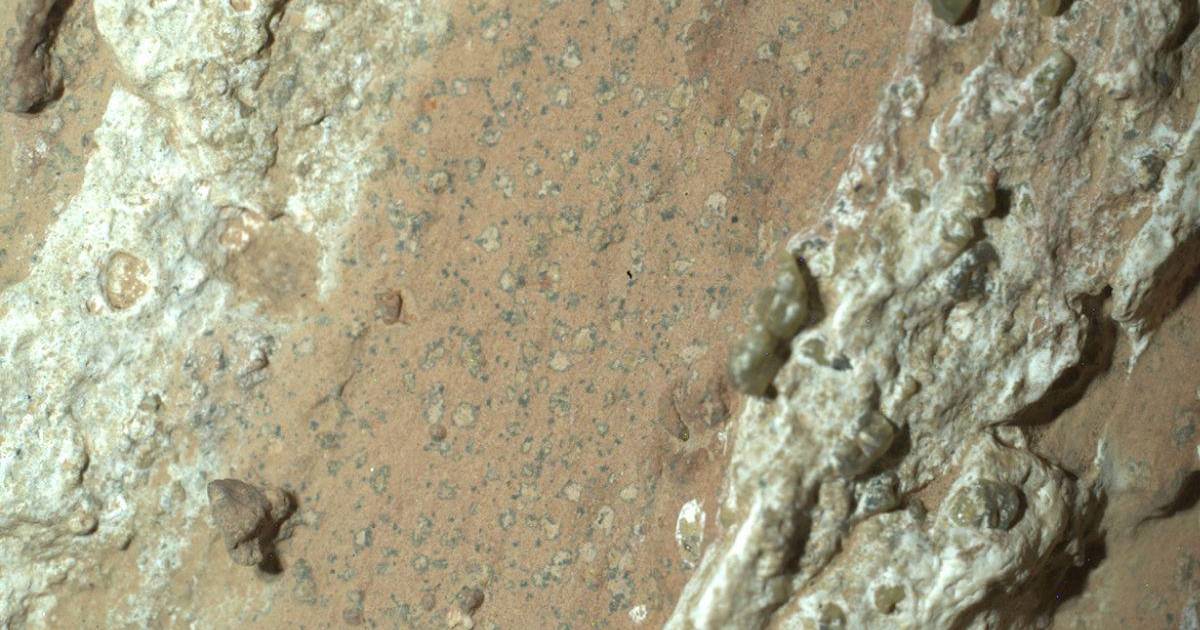Saturn is perhaps the most easily identifiable planet in the solar system and its apparent cause is its striking rings, but one scientist predicts that Earth will not be far from having its own rings, but that ours will not be as snowy as our neighbors, but garbage.
“Earth is on track with its own rings”Says University of Utah professor Jack Abbott. “They’re made of garbage.”
There are 170 million space debris orbiting the Earth. Most of them are very small, But 23,000 of them are older than baseball and worry about being monitored by the Department of Defense. Space debris can pose a risk to spacecraft, orbit missions and the astronauts who pilot them.
Even space debris falls to Earth. Usually it breaks down in the atmosphere, but not always. It is estimated that 200 to 400 pieces of debris fall each year.
Earlier this year, part of the Falcon 9 missile “re-entered unrestrained” illuminated the night sky. The 5-foot section of the vehicle re-entered and landed on a farm in the state of Washington.
:quality(85)/cloudfront-us-east-1.images.arcpublishing.com/infobae/72WHGBLWYZBGBFB2ZEGVG3MVMI.jpg 420w)
Space debris, considered a type of pollution, has grown exponentially since 1957. There are 7,500 metric tons of garbage in orbit, which equates to 1,100 elephants floating over our heads. The size of the herd is expected to continue to grow exponentially if we do not do something.
“Most of that rubbish is coming around.” Abbott explained in an interview with The Salt Lake Tribune. “If you reach out to stop him with a robotic arm, you’ll break your arm and create more debris.”
“Because both debris and spacecraft travel at very high speeds (about 25,000 km / h in low Earth orbit), even the impact of a small piece of orbital debris with a spacecraft can create major problems,” he notes. Respects NASA.
If so, how to get rid of clutter? The answer, Abbott says, is magnets.
Abbott is a professor of robotics at the University of Utah, but what really attracts him are the magnets.
He recalled a presentation he saw when he was a graduate student at Johns Hopkins University.
“Under a microscope, they were in this little maze almost with a small submarine. It moved back and forth and spun through the maze ”, ர சி து. Complete work with full magnets.
“It was very simple compared to what we do now, but it seemed magical,” he points out.
Magic led to postgraduate studies at the University of Zurich in Switzerland, where he worked primarily on magnetic applications in surgery. He worked for many years with the team on how to swim a tiny “submarine” through the human eye and deliver medicines to the retina.
“It took many years to develop, but the mathematics used is now the foundation for everything we do.”The scientist explains.
:quality(85)/cloudfront-us-east-1.images.arcpublishing.com/infobae/XBXO2SGO65EFVCRUVANG7A3HAQ.png 420w)
Precise virtual reality includes the use of magnets to guide eye surgeries.
“If 30 surgeries are required before a surgeon can be truly competent, we want those first 30 or more surgeries to be performed on virtual patients, and we want them to be as realistic as possible.“, Collaboration.
The Abbott system uses magnetic fields to create a sense of real surgical pressure through the virtual eye.
His lab is working to make colonoscopies more enjoyable. Using capsule-based cameras, they are developing a system for accurately moving capsules using magnets. Its current design is a two-part capsule-cam where both ends are connected by a short, rubber rope.
“The magnets will move the camera through you like an inch worm.” Dice. “Swallow a capsule and lie down on a table for two hours, that’s all.”
He points out that fear and reluctance surrounding colonoscopy are a major barrier to early detection of colon cancer.
But what has this got to do with space junk?
The scientist believes that magnets are the key to solving the problem.
You can imagine space debris as a lot of metals, and most of it, but it’s not all magnetic. So magnets don’t work, do they?
Abbott says yes, “Due to eddy currents.”
A recent study published in Nature describes the principle used for space debris and the findings of his team.
In it he says that magnetic space is a rotating piece of debris that can conduct electricity. Thanks to this you can stretch the magnets towards it at the end of the robot arms. When the magnets rotate, they activateVortex currents are vortex currents in a substance that creates their own magnetic field.
These activated magnetic fields push them back into the field that created them.
With a lot of math and careful modeling, a controlled force and torque can be used to slow down, move, and pick up a rotating object.
Short version: “Basically, we built the world’s first tractor beam”, Transparent Abbott. “Now this is a question of engineering. You have to create it and pay for it in space.
Continue reading:

:quality(85)//cloudfront-us-east-1.images.arcpublishing.com/infobae/7SGGXHZJ7JAUTNS2AMUWNAAXKE.png)

:max_bytes(150000):strip_icc()/WilliamLevy-9d1412ad3c01443498e58ed956f6242c.jpg)

